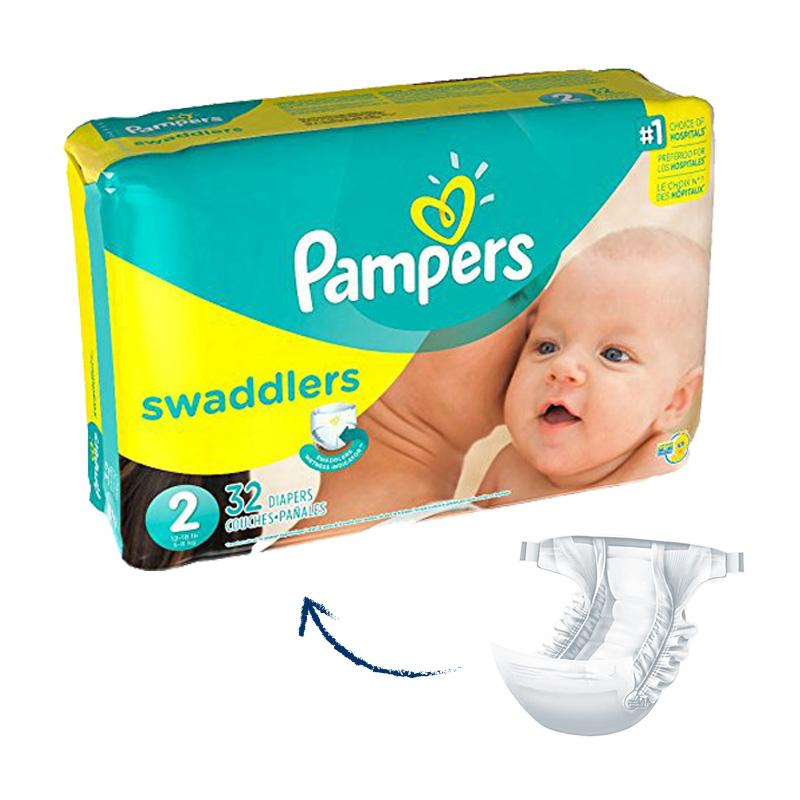# Diaper Material: Key Factors for Comfort and Safety
## Introduction
When it comes to choosing the right diaper for your baby, the material plays a crucial role in ensuring both comfort and safety. With so many options available in the market, understanding the different types of diaper materials and their properties can help parents make informed decisions. In this article, we will explore the key factors that contribute to the comfort and safety of diaper materials.
## Types of Diaper Materials
### 1. Absorbent Core
The absorbent core is the heart of any diaper, responsible for locking away moisture and keeping the baby dry. Most modern diapers use a combination of superabsorbent polymers (SAP) and fluff pulp. SAP can absorb many times its weight in liquid, while fluff pulp helps distribute the moisture evenly.
### 2. Outer Layer
The outer layer, often made of polyethylene or polypropylene, is designed to be waterproof while remaining breathable. This layer prevents leaks while allowing air to circulate, reducing the risk of diaper rash.
### 3. Inner Lining
The inner lining that comes in direct contact with the baby’s skin is typically made of non-woven materials like polypropylene or polyester. These materials are soft, hypoallergenic, and quick-drying to maintain skin comfort.
## Key Factors for Comfort
### 1. Softness
The material should be gentle on the baby’s delicate skin. Look for diapers with ultra-soft inner linings that minimize friction and irritation.
### 2. Breathability
Good airflow is essential to prevent heat buildup and moisture accumulation, which can lead to discomfort and skin problems.
### 3. Flexibility
Diapers should move with the baby, not against them. Flexible materials and stretchable sides contribute to better comfort during active movement.
## Key Factors for Safety
### 1. Hypoallergenic Properties
Materials should be free from common irritants and allergens. Many premium diapers now use plant-based materials and avoid harsh chemicals.
### 2. Chemical-Free
Keyword: diaper material
Look for diapers that are free from chlorine, fragrances, and phthalates, which can be harmful to a baby’s sensitive skin.
### 3. Proper Fit
A well-fitting diaper with secure fasteners prevents leaks while avoiding excessive tightness that could cause discomfort or circulation issues.
## Eco-Friendly Options
Many parents are now choosing eco-conscious diaper materials such as:
– Bamboo fiber (naturally antibacterial and highly absorbent)
– Organic cotton (breathable and chemical-free)
– Biodegradable materials (reducing environmental impact)
## Conclusion
Selecting the right diaper material involves balancing comfort, safety, and functionality. By understanding the different materials and their properties, parents can choose diapers that keep their babies dry, comfortable, and protected while aligning with their values regarding health and environmental impact. Always look for reputable brands that prioritize quality materials and transparent manufacturing processes.
